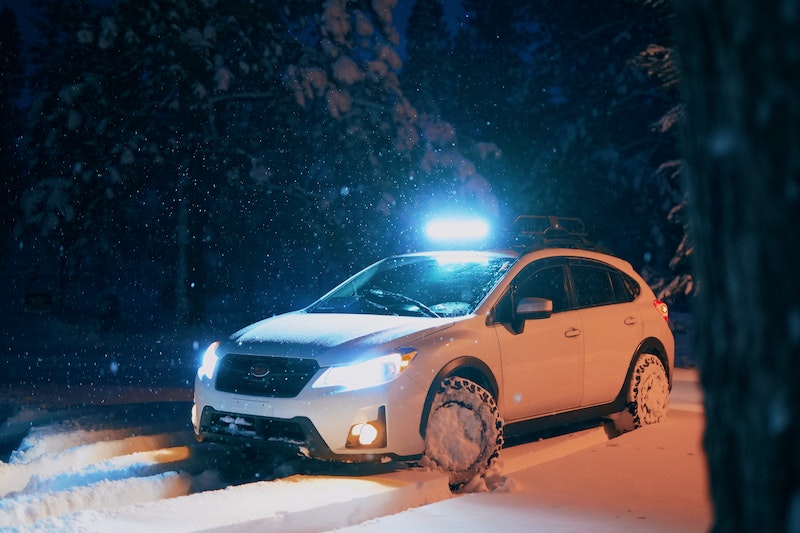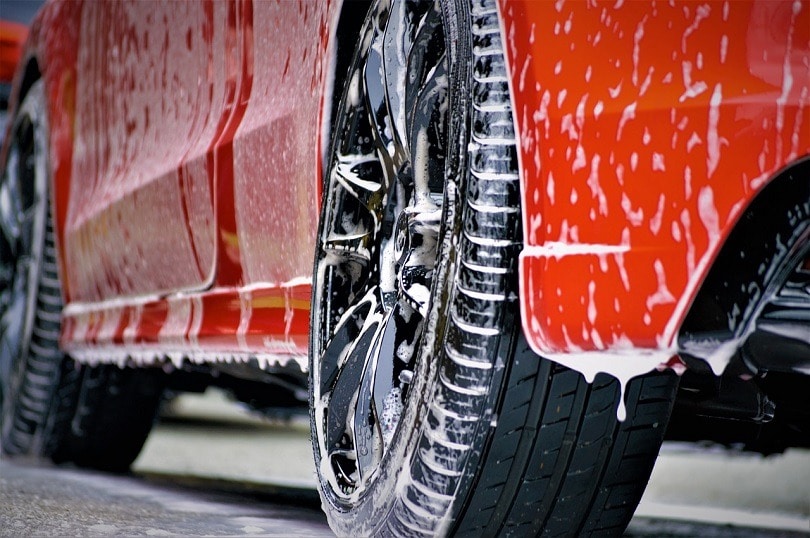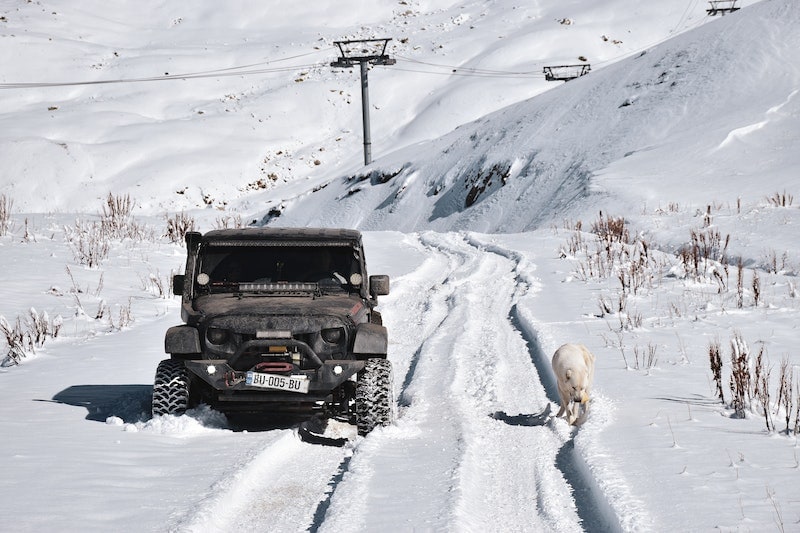How to Prepare Your Car for Winter: 4 Crucial Steps
-
Codee Chessher
- Last updated:

Winter is often romanticized, but in reality, it’s simply cold and wet. It can also be shockingly hard on your car between cold temperatures, road salt, and moisture. The good news is that there are steps you can take to protect your car from winter-related damage. Let’s delve into what you’ll need to winterize your car and how to go about it below.
Before You Begin
In addition to protecting your car against the wintery elements, you need to look out for yourself. Stocking a car emergency kit with supplies in case you get stranded during dangerously cold winter conditions is the best way to stay prepared.
- Hand warmers
- Water bottles
- Blanket
- Antifreeze
- Cell phone charger/power bank
- Flashlight & batteries
- Jumper cables
- Spare tire
- Jack
- Tire iron
Once you’ve got all that together, it’s time to fix your car up to better withstand the winter. Read on below for the blow-by-blow.
The 4 Crucial Steps to Prepare Your Car for Winter
1. Wash Your Car
We’re sure you already do, but we should emphasize that washing your car is even more vital during the winter. Heavy snow, rain, and road salt can combine to devastate your car’s beautiful paint job.
Unfortunately, many people tend to ignore the most vulnerable areas of the car when washing: the undercarriage and wheel wells. These areas are constantly exposed to the elements, and washing them regularly can keep your suspension, exhaust, and wheels in great shape.
Try to wash your car weekly, and if you notice stuff like salt still on your car, consider more frequent washes.

2. Check the Windshield & Wipers
If you’ve been neglecting to fix any minor chips or cracks in your windshield, before winter comes is the time. You don’t want to drive with anything obscuring your vision when you’re driving in a blizzard, and that extends to your windshield wipers as well.
Replace old, squeaky, or slow windshield wipers ASAP to help keep your field of view crystal clear at all times. These days there are even fancy wipers with their own integrated heating elements! Also, take care to fill the reservoir with an antifreeze agent to prevent ice and snow accumulation.
3. Take Care of Your Tires
It’s always good practice to keep your tires in good shape to prevent blowouts, lack of traction, and other issues, but this is absolutely imperative in the winter. Rain, snow, slush, and especially ice are all extreme hazards that reduce your tires’ traction.
Ideally, you want to switch all-season and summer tires to winter tires, which are formulated with special tread and rubber additives. These help the rubber from freezing or becoming brittle, as well as enhance traction during the slick winter months.
Last but not least, always stay on top of your tire pressure. Sudden drops in temperature can sap a lot of air pressure, and changing a tire in the snow isn’t anyone’s idea of a fun time.

4. Check Hoses & Belts
Extreme cold wreaks havoc on delicate rubber gaskets, hoses, and seals in your engine, so you’d better check them out during the summer or fall. First, check the radiator hoses and test their pliability. The hose should be firm but flexible. Next, replace any hoses that have no give whatsoever and hoses that flop around. Both excessive flexibility and stiffening are signs that the hose is compromised in some way.
The next order of business should be your belts. Your seatbelts are especially vulnerable to cold because they’re also exposed to high levels of heat, and the two together can cause old belts to crack or stiffen. Belts need to be replaced more frequently in cold climates too, so make sure you don’t neglect to replace them as necessary.
Conclusion
Winter is hard on your car, but that doesn’t mean you have to be. Make sure your car’s tires, windshield, wipers, hoses, and belts are all in good order before the first cold snap of the year. Trust us, it’s not fun to be the person switching to snow tires in the middle of January.
Featured Image Credit: Aleksey Kuprikov, Pexels
Contents
